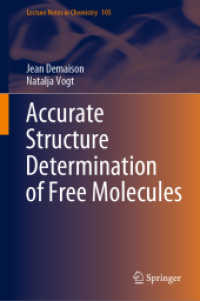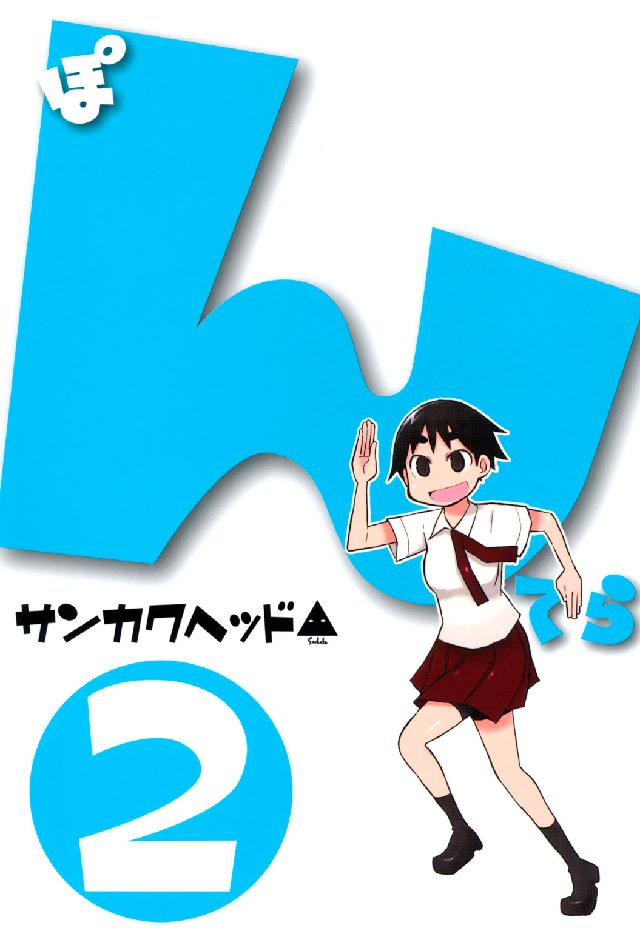Full Description
The first B-29 flew over Tokyo on 1 November 1944. It was a photographic reconnaissance aircraft ironically named 'Tokyo Rose'. The Ki.44 fighters of the 47th Sentai took off to intercept it but as it turned out the Superfortress flew at such an altitude and speed that they could not reach it. The Ki-44-II-Otsu had been specifically designed for this type of interception and could reach the astonishing rate of climb of 5,000 m in four minutes; however it was not good enough. During the following ten months, a devastating bombing campaign of thousands of Superfortress destroyed 67 Japanese cities and half of Tokyo. The cultural shock and the political consequences were huge, when it was realised that the Japanese industry was not able to produce the specially heat and stress-resistant metallic alloys that were required to manufacture the turbo superchargers needed by the fighters in charge of defending the Japanese mainland. They lacked the essential chromium and molybdenum metals to harden the steel. This fact thwarted the manufacturing of numerous advanced projects of both conventional fighters and those derived from the transfer of German technology fitted with turbojets and rocket engines. They are thoroughly described in this book.
Contents
The Japanese Aggressor (28 January 1932 to 15 August 1945); Imperial Japanese Army Aircraft and Projects; Nakajima Ki.44 Shoki; Kawasaki Ki.45 Toryu; Mitsubishi Ki.46 Shin Shitei; Kawasaki Ki.60/Ki.61/Ki.100 Hien; Nakajima Ki.62, Ki.63, Ki.84, Ki.106, Ki.113, Ki.116 and Ki.117 Hayate; Kawasaki Ki.64, Ki.78 (Ken-3) and Ki.88; High-altitude interceptors Nakajima Ki.87 and Tachikawa Ki.94; Manshu Ki.65 and Ki.98; Rikugun Kogiken Heavy Fighter; Nakajima Ki.201 Karyu; Imperial Japanese Navy Aircraft and Projects; Mitsubishi A6M Zero; Mitsubishi J2M Raiden; Kawanishi N1K1-J Shiden; The IJN "20-shi-Ko" specification; Mitsubishi J4M Senden; Kyushu J7W1 Shinden; Nakajima Kikka; Yokosuka R2Y2 Keiun; Mizuno Shinryu II; Kakukyoku Rammer; Kayaba Katsuodori; Rocket Fighters; Night Fighters; Nakajima J1N1 Gekko; Kawasaki Ki.45 Toryu; Mitsubishi Ki.46 Shin Shitei (Dinah); Nakajima Ki.84 Hayate; Yokosuka D4Y Suisei; Nakajima C6N Saiun; Yokosuka Ginga, Kawanishi Kyokko, Nakajima Byakko and Kugisho Tenga; Aichi S1A Denko; Kawasaki Ki.102; Mitsubishi Ki.109; Mitsubishi A6M2, A6M3, A6M5 and A6M5-S Zero Sen; Mitsubishi J2M3 and J2M4 Raiden; Schräge Musik; Radar Warfare; Operation Downfall; Bibliography.







